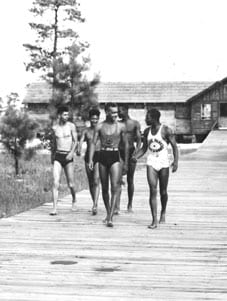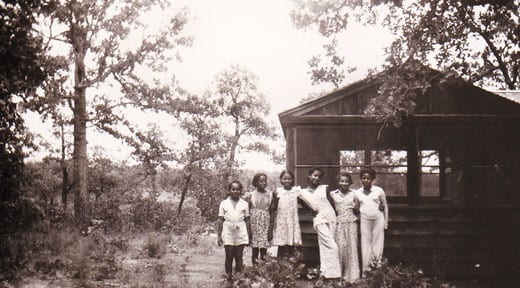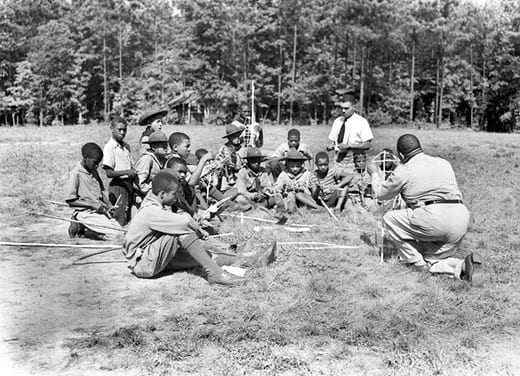Landscapes of Exclusion Wins Coffin Grant
Landscapes of Exclusion Wins Coffin Grant

William E. O’Brien, associate professor of environmental studies at Florida Atlantic University, has received a 2013 David R. Coffin Publication Grant from the Foundation of Landscape Studies for the forthcoming book Landscapes of Exclusion: State Parks and Jim Crow in the American South, a volume in the LALH Designing the American Park series. O’Brien’s book illuminates the untold story of the historical links between racial segregation and state parks in the southeastern United States.
An outgrowth of earlier park movements, state parks in the early twentieth century sought to extend the benefits of scenery to all residents. Until the mid-1960s, however, the reality in the segregated South was that African Americans were excluded from the vast majority of the region’s parks. The book examines the creation of Southern state park systems during this time, focusing on the process of designing and constructing the few facilities that were available to African Americans, the largely inferior scenic features and facilities of these parks, and the civil rights struggles over the eventual integration of the park systems in fifteen Southern states.

Landscapes of Exclusion also emphasizes issues relating to the design and construction of these separate and unequal state park systems. To that end, fifty black-and-white illustrations, including park plans, drawings, and photographs of the sites and their facilities, provide a basis for discussion and analysis that will help readers visualize the various means by which the races were kept apart. A related major, recurring theme in O’Brien’s book is the vast inequity in the scenic quality of landscapes in parks reserved for whites in comparison with those few sites accessible to Southern blacks, both within individual parks as well as throughout park systems.

Landscapes of Exclusion builds on the author’s long-term research on southern state parks. “When published,” says series editor Ethan Carr, FASLA, “the book will be a comprehensive resource for historians who seek a deeper understanding of the intersection between race and environment and for general readers interested in the history of discrimination and the South’s evolution from the Jim Crow years to its integrated present.”